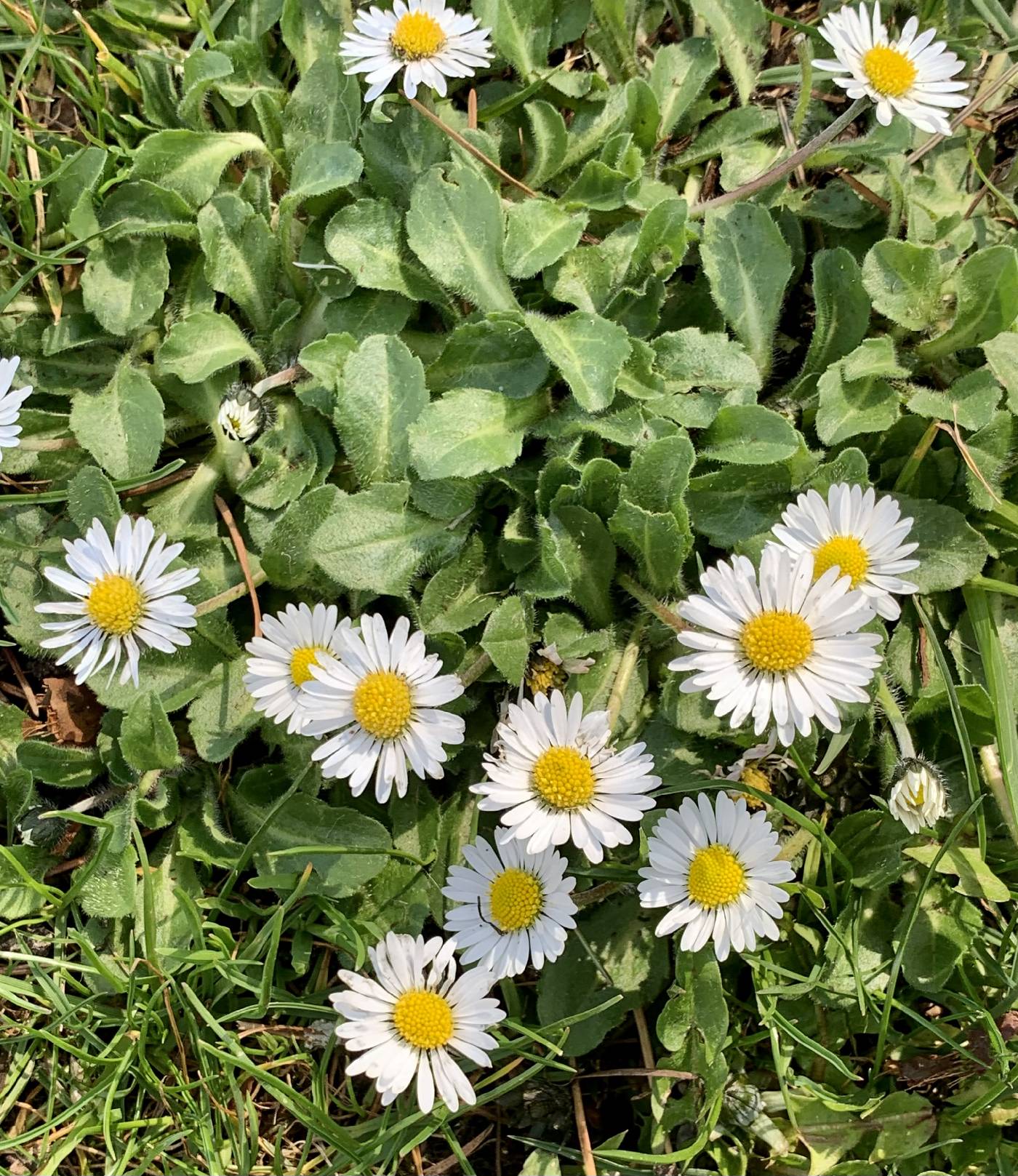
|
Family: Asteraceae |
Perennials [annuals], 5-20 cm (scapiform; rhizomes herbaceous [roots fibrous]). Stems erect, simple, strigose. Leaves basal (mostly) [sometimes cauline, reduced]; alternate; petiolate; blades 1-nerved, obovate-spatulate to rounded, margins crenate-serrate, strigose. Heads radiate, borne singly. Involucres hemispheric, [3-]4-6[-8] × 9-13 mm. Phyllaries 13-14+ in (1-)2(-3) series 1-nerved, oblong, subequal, herbaceous, margins entire, abaxial faces strigose. Receptacles conic [hemispheric or nearly flat] (± elongating with age), pitted, epaleate. Ray florets 35-90 (in [1-]3-4 series), pistillate, fertile; corollas abaxially often pink- or purplish-tinged, adaxially white (closing at night). Disc florets 60-80+, bisexual, fertile; corollas pale yellow, tubes much shorter than funnelform [tubular] throats, lobes 5, erect or incurved, deltate; style-branch appendages deltate. Cypselae obconic, compressed, marginally 2-ribbed, eglandular [gland-dotted (sessile)], faces short-strigose [glabrous or ciliate-margined]; pappi 0 [bristles]. x = 9. O. Fiz et al. (2002) showed that Bellis is closely related to Bellium Linnaeus and Bellidiastrum michelii Cassini (syn. Aster bellidiastrum Scopoli). Subtribe Bellidinae (Cassini ex D. Don) Bentham should be expanded to include the latter in a group of scapiform perennials or annuals. Fiz et al. showed also that Crinitaria and Galatella (two segregates of Aster in the broad sense complex) are sister to Bellidinae. Exact relationships of this group to other subtribes of Astereae are still undetermined.
Heads solitary; invol bracts herbaceous, equal; receptacle conic, naked; rays pistillate and fertile, white or anthocyanic; disk-fls perfect, yellow; style-appendages deltoid or ovate, scarcely longer than broad; achenes compressed, mostly 2-nerved; pappus obsolete; herbs, scapose or nearly so. Gleason, Henry A. & Cronquist, Arthur J. 1991. Manual of vascular plants of northeastern United States and adjacent Canada. lxxv + 910 pp. ©The New York Botanical Garden. All rights reserved. Used by permission. |
This project was made possible in part by the Institute of Museum and Library Services [MG-70-19-0057-19].
Powered by Symbiota



